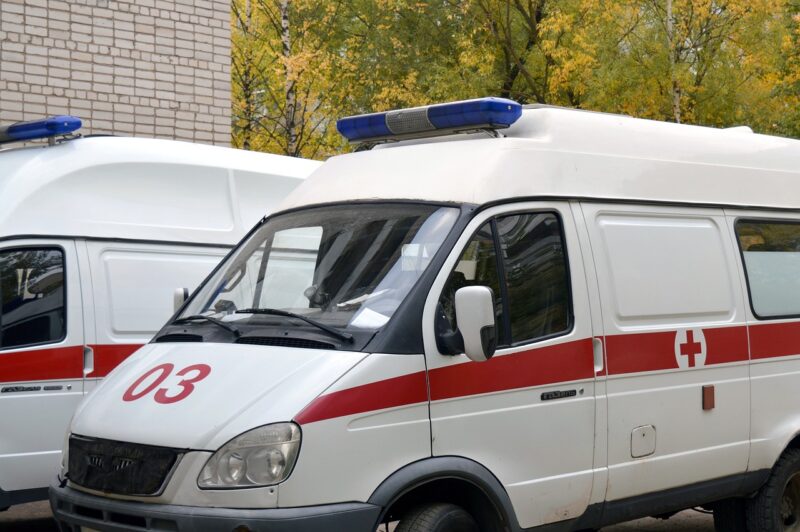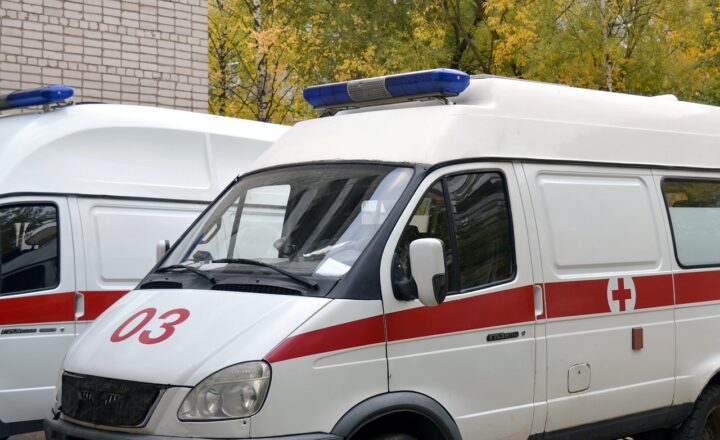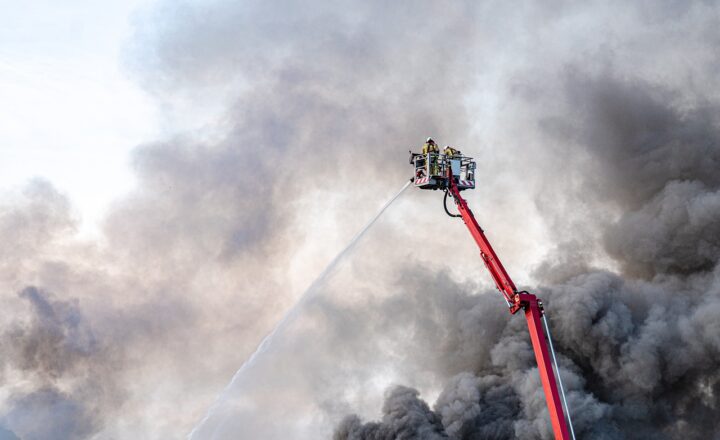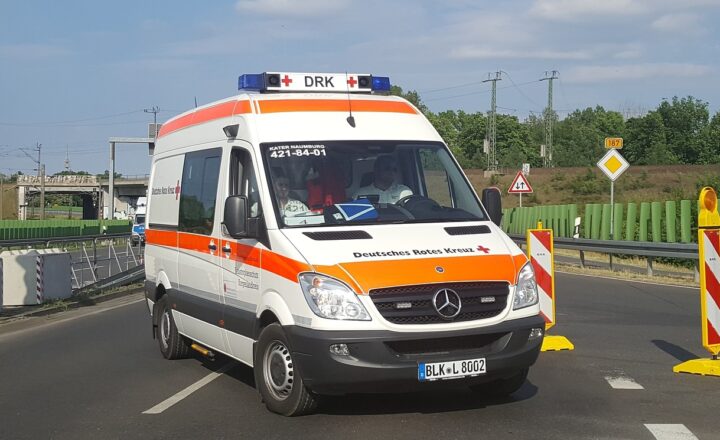Inside an Ambulance: The Essential Equipment and Technology That Save Lives
November 14, 2024

Ambulances are not just vehicles transporting patients; they are mobile emergency rooms, outfitted with sophisticated equipment and technology designed to save lives. Understanding what goes on inside an ambulance can provide insight into the critical role emergency medical services (EMS) play during a crisis.
From life-saving devices to communication tools, let’s explore the essential equipment and technology that make ambulances the frontline in medical emergencies.
1. The Anatomy of an Ambulance
When we think of ambulances, we might picture the bright lights, loud sirens, and the swift motion through traffic. However, there’s much more to them than that. Ambulances vary in design depending on their intended use, but they generally fall into two categories: Basic Life Support (BLS) and Advanced Life Support (ALS) units.
– Basic Life Support (BLS) Ambulance: This type specializes in non-invasive treatments, transport, and care of minor emergencies. The crew typically consists of Emergency Medical Technicians (EMTs) who provide essential care.
– Advanced Life Support (ALS) Ambulance: These units carry paramedics who can administer advanced medical care, including intravenous therapy and medication.
Inside, the layout is meticulously planned to facilitate efficient care delivery, keeping patient comfort and rapid response as priorities.
2. Life-Saving Equipment on Board
The heart of an ambulance’s operations lies in its medical equipment. Here are some of the key components found in most ambulances:
– Defibrillators: Automated External Defibrillators (AEDs) are crucial for treating patients in cardiac arrest. They analyze heart rhythms and provide shocks if necessary, effectively restoring normal function.
– Patient Monitors: These devices continuously track a patient’s vital signs including heart rate, blood pressure, and oxygen saturation, allowing medical professionals to react swiftly to any changes.
– Oxygen Delivery Systems: Oxygen is vital in cases of respiratory distress. Ambulances are equipped with oxygen tanks and delivery masks to ensure patients receive adequate oxygen levels during transport.
– Stethoscopes and Sphygmomanometers: EMTs and paramedics routinely use these tools to assess a patient’s heart and blood pressure.
– Stretchers and Spine Boards: Proper transportation of patients is essential, especially in trauma cases. Stretchers stabilize patients during transport, while spine boards limit movement to prevent further injury.
– Medication Kits: Most ALS ambulances carry an array of medications, including pain relievers, sedatives, and other vital drugs that paramedics can administer en route to the hospital.
Each piece of equipment plays a crucial role in stabilizing patients and providing the best possible care prior to their arrival at a healthcare facility.
3. Cutting-Edge Technology in Ambulances
Modern ambulances are equipped with advanced technology that enhances patient care and operational efficiency. Here are several notable innovations:
– Communication Systems: Reliable communication tools allow EMTs and paramedics to stay in touch with hospitals and other emergency services. Many units now use digital radios with GPS tracking for real-time updates.
– Telemedicine Capabilities: Some ambulances are equipped with telemedicine devices that allow paramedics to connect with doctors remotely, sharing patient information and vital signs for immediate consultations.
– Electronic Patient Care Reporting (ePCR): This digital system enables paramedics to document patient information electronically in real-time, ensuring better data accuracy and faster transfer of information to receiving facilities.
– Mobile Data Terminals (MDTs): These terminals provide GPS directions, incident updates, and alerts regarding the nearest hospital emergency departments, facilitating quicker responses.
These technological advances not only improve patient outcomes but streamline operations within the field.
4. Special Equipment for Diverse Emergencies
Ambulances must be prepared for a wide range of situations, from medical emergencies to hazardous materials incidents. Here are additional specialized tools you might find:
– Suction Devices: In cases where a patient cannot clear their airway due to blood or vomit, suction devices become indispensable.
– Trauma Kits: Designed for severe injuries, these kits include items like tourniquets, dressings, and hemostatic agents that control bleeding and prevent shock.
– Pediatric Equipment: Many ambulances carry specialized equipment for infants and children, including smaller defibrillator pads and dosage formulas for medication.
– Water Rescue Gear: Some ambulances are equipped with flotation devices and rescue tools for emergencies that occur in aquatic settings.
These pieces of specialized equipment ensure that paramedics can respond effectively to any emergency situation.
5. The Role of Training and Protocols
Having state-of-the-art equipment means little without the proper training for personnel. EMTs and paramedics undergo extensive training to handle emergencies effectively.
Training includes:
– Basic and Advanced Life Support Courses: These certifications ensure that medical personnel are equipped to perform life-saving interventions.
– Continuous Education: Ongoing training sessions keep first responders updated on new protocols, technologies, and techniques in emergency medicine.
– Team Drills: Regular simulations prepare teams to respond quickly and effectively in real-life scenarios across different situations.
Protocols established within the EMS ensure that each member of the team knows their role during a response, allowing for smooth and efficient patient care.
Conclusion
The equipment and technology found inside ambulances play an immeasurable role in the life-saving efforts of emergency medical responders. As medical technologies continue to advance, so too does the capacity of ambulances to provide critical care during transport. Understanding these elements can foster a greater appreciation for the rapid, life-saving responses that emergency medical services provide every day. If you find yourself in a medical emergency, rest assured that the dedicated professionals and the advanced equipment aboard the ambulance are there to provide the best care possible.
With this insight into the essential equipment and technology contained within ambulances, we can appreciate the complexity and urgency of medical emergencies better and the systems that are designed to address them.








